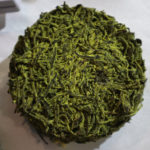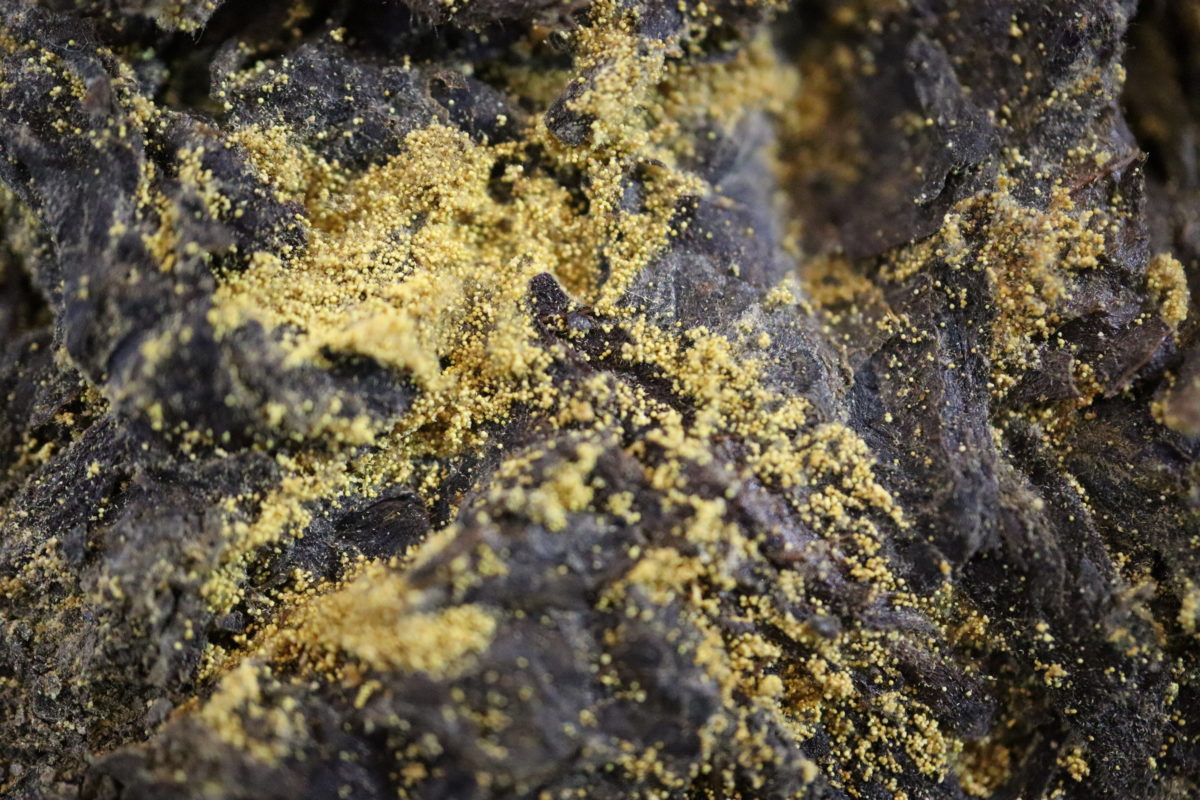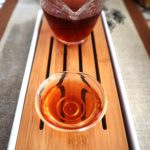
Fungi are in the spotlight. Enthusiasts praise the health benefits of Chaga mushroom tea, eagerly quaff the handiwork of kombucha colonies, and sip coffee mixed with powdered medicinal mushrooms.
The beverage world is popularising chaga, cordyceps, and maitake, making these medicinal mushrooms much more accessible.
Fungi have always played a significant role in traditional Chinese medicine. Taoist philosophy promotes a life lived in harmony with the environment as the ideal way to achieve contentment and longevity. A life out of harmony with nature is said to be the cause of disease and misery. Early Taoist alchemists used wild mushrooms as the main ingredient in tonics said to confer continuous regeneration that leads to immortality.
It is not surprising that the Taoists had the wisdom to prize mushrooms. Fungi have existed on earth for at least 600 million years. There are more than 1.5 million types of fungi, 25% of the earth’s biomass is made up of fungi, and 92% of plants depend on fungi to survive. Fungi is a kingdom that is truly in harmony with nature.
Unlike in China, a learned aversion to fungi prevailed in the West, branding fungi as poisonous and unclean. Toxic forms of fungi such as toadstools and black mold garnered notoriety while the public generally ignored medicinal strains of fungi that are today used in 40% of modern pharmaceuticals, including penicillin, immunosuppressants, and anti-cholesterol statins.
It has taken young and passionate entrepreneurs such as Tero Isokauppila of Four Sigmatic and George Thomas Dave of GT’s Kombucha to give fungi its much-needed public relations makeover in mainstream markets in the West. They are helping to educate the public on fungi’s immense and varied health benefits.
Fungi are an excellent source of nutrients such as vitamin D, vitamin B7, vitamin B5, selenium, copper, and riboflavin. They contain adaptogens and immunomodulators (which boost immunity), polysaccharides (which lower blood pressure and cholesterol, stabilize blood sugar, and target HIV-infected cells), and terpenoids (which have antiviral and antibacterial properties, regulate hormones, and combat inflammation).
Golden Flower Dark Tea
There is one relatively unknown fungi tea in China that is awaiting a clever and energetic entrepreneur to bring it into mainstream awareness in the West. That tea is Fu Brick Dark Tea, also known by its visually descriptive name of Golden Flower Dark Tea. These bricks and cakes of tea are traditionally processed on Fu days (伏天) – the hottest three days of the lunar calendar. Large quantities of these teas are exported to Mongolia, where there is a diet heavy in meat.
The tea was first produced in China’s Hunan province in 1860, but today it is produced in many provinces, including Shaanxi, Zhejiang, Guangxi, and Fujian. Small amounts of are also produced in villages in the Wudang Shan mountains in Hubei Province are exported. Taoist holy lands in Wudang are home to many immortals and a popular destination for pilgrims and tourists.
All dark teas go through a fermentation process. What sets Golden Flower Dark Tea apart from other dark teas, such as Puer, is that the processed leaves are compressed to a specified degree of tightness and then left to ferment in special micro-climate conditions, which results in the growth of spores formed by a species of Aspergillus fungi. Amazingly the spores can be seen with the naked eye. The spores look like yellow pollen, hence the popular name Golden Flower.

Several scientific papers published in China describe the health benefits of this tea. The more reliable sources reveal that the tea’s polysaccharides and statins can help reduce cholesterol and blood sugar levels and improve digestive health. Chinese scientists have also found that the different micro-climates of different regions affect the diversity of microbe communities associated with fermentation, which, in turn, affects the taste of the tea. For example, Golden Flower Dark Tea produced in Hunan and Zhejiang is slightly more grassy and astringent than Shaanxi’s tea.
There are two opinions on what makes a good quality Golden Flower Dark Tea. If you are more interested in the health benefits, you should look for a tea that is hand-pressed, rather than machine-pressed, as it will generally be more densely filled with the fluffy yellow spores. The older the tea brick, the more spores it should have as they continue to multiply with age. There are bricks sold in China that are more than a decade old and fetch for hundreds, if not thousands, of dollars. If you are more interested in the taste, then you should look for a tea that has a clear and bright liquor, with floral, earthy flavors, little astringency, and a subtle sweet aftertaste. Guo Jin Cha Ye is a Hunan-based tea company that produces an excellent-tasting Golden Flower Dark Tea.

There are also differing opinions on how to brew and store Golden Flower Dark Tea. Some people claim if you rinse the tea before consuming it, you will lose all the beneficial spores, whereas others say the spores are not easily washed out because they have grown on the tea leaves. Some people say that water boiled at 100 degrees Celsius will kill the microbe colonies, whereas others say the microbes can handle water temperatures up to 100 degrees Celsius for up to 20 minutes. Some people say you should not consume the tea on an empty stomach or within an hour of eating a meal, whereas others say the tea can be consumed at any time of day. Some say the tea should be brewed for no more than 15 seconds, otherwise, it will become astringent, and others say a 60-second brew brings out a richer flavor. Some people say you should never store the tea in air-tight containers as it will deprive the spores of oxygen and kill them off, and others say it does not matter how you store the tea as long as it is in a dry place.
Like many other aspects of the tea industry, there is conflicting information, misinformation, and false information around the Golden Flower Dark Tea. More consensus and more research would help in marketing Golden Flower Dark Tea in the West more effectively, and given its medicinal properties, more studies should be done into how the tea interacts with cholesterol and diabetes drugs to ensure there is no unwanted doubling-up on treatments. But one thing is sure…
…a tea with fluffy yellow spots on it makes for a cool addition to any tea collection.
Acknowledgments: Thanks to Daniel Hong of Hong Tea for fact-checking this article.
References: Tero Isokauppila, Healing Mushrooms, Penguin Random House, 2017; Ting Liu, Song Li, Geng Zhang, Yang Liu, Chao Peng, Qiang Xiong, Chun Ling Wang, ‘Health Efficacy of Eurotium cristatum and Fuzhuan Brick Tea’, Food Research and Development Journal, March 2016; Ren Liang Zhao, Wei Xu, Dan Wu, Yi He Jiang, Qi Zhu, ‘Quality Evaluation of Fu Brick Tea Fermented in Different Regions from the Same Raw Materials’, Food Science Journal, 2017, Volume 38, No 21.